For Grand Teton National Park, this year has, to put it bluntly, been crazy busy.
In September the park counted 570,584 visitors, the second-highest tally for that month in park history. Notably, it pushed the park’s year-to-date visitation to 3,493,937, a record for an entire year, and with October, November, and December to go.
Grand Teton Superintendent Chip Jenkins discusses the impacts of that visitation.

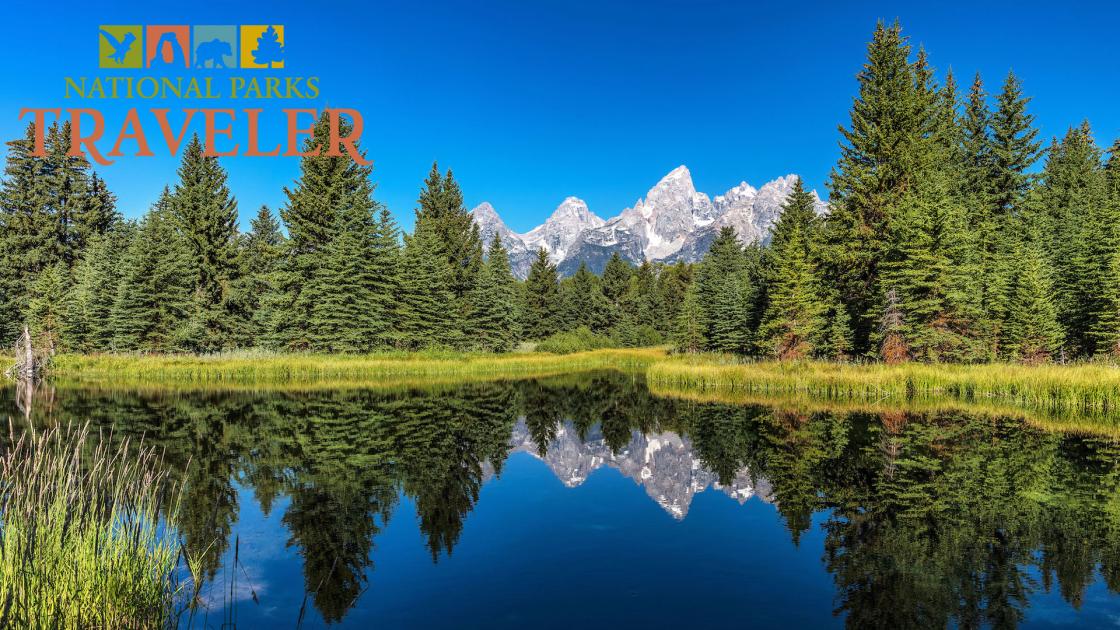
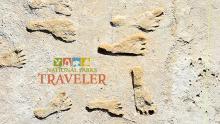
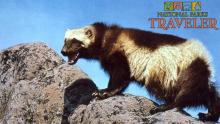
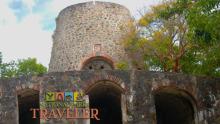
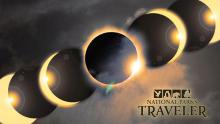
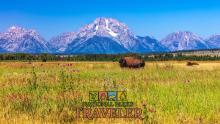


Comments
The NPS will take your money to enter knowing there is nowhere for you to park. that's crrooked. People "oulaw" parking along the road is dangerous. For the sake of public safety, make moe parking or limii visitation.
I'm wondering if national parks consult with theme parks. Theme parks have been dealing with being overcrowded for years as well. I am a somewhat regular visitor to Disney world. I have been less than thrilled about the way they monetize every experience. However they manage a huge amount of people every day. I suspect there are things to be learned from them. Yes. I realize that many national park locals sarcastically refer to the parks as Disney World. But they still manage their visitor experiences reasonably well.
In a contrasting experience, I also attend Canobie Lake Park in Salem, NH annually. They are much smaller and do a phenomenal job managing their crowds. They may also have some valuable insights.
I do understand that national parks are not theme parks and have vastly different missions and resources. Yet, I believe the theme parks may be able to help the national parks transition into an increasingly crowded future.
The Walt Disney Company can build parking lots and garages. And if you've been following the current saga, they also they (currently) have the authority to pretty much self-issue permits through the Reedy Creek Improvement District, which is generally accountable to them by design. They had the foresight to ask for this after previous experiences with theme parks.
That's as opposed to the National Park Service, which has quite a bit of a mission to preserve resources. I've seen how they've tried to take care of parking issues by issuing reserved parking and encouraging shuttles (also reserved) from remote lots miles away. But they simply won't find it in their mission to expand parking lots or build garages. I've heard of proposals to create a shuttle system in Yosemite Valley similar to what Zion Canyon has. The Grand Canyon South Rim has limited parking plus a shuttle system where most cars can't park or even drive. I've seen some voluntary shuttle systems like at Sequoia National Park and Bryce Canyon National Park, but people still choose to drive.
"But they simply won't find it in their mission to expand parking lots or build garages. "
Greg said nothing about building parking lots or garages. You've invented a strawman, again.
From the NPS's Mission Statement:
"...The Park Service cooperates with partners to extend the benefits of natural and cultural resource conservation and outdoor recreation throughout this country and the world."
Managing visitors' experiences does indeed fall under NPS's extending benefits and outdoor recreation mandates.
See how easy it is to simply respond instead of discounting your own strawmen?
Why are you such a jerk about anything and everything?
Hey, hey, hey, let's keep it courteous, of at least try...everyone.
OK. I'm just a little tired of the insults. I can strangely get along well enough with Mr. Buck. At least he's civil even if we don't necessarily agree.
But as for the comparison with Disney World, it a very different situation they have with crowd control. For one - it's almost all paved. And if you've even heard of recent news, they basically control and finance their own government (via higher than average property taxes) in order to pay for improvements to certain infrastructure such as roads and utilities. Good luck trying to fix a road in Yellowstone.
The big piece with Disney parks crowd control is transportation. Walt Disney World has parking lots and access to freeways. They have an extensive bus network, a monorail system, and even gondolas to ferry visitors around. Crowd control is heavily managed because you're not really getting around there without them once you're parked or rode in. It's impossible to compare a national park to Disney World without acknowledging that transportation issues and parking are an important means of controlling crowds. Heck - Walt Disney's idea with It's a Small World was to somehow find a way to absorb large amounts of people indoors during the summer heat of New York City. But with Disney World, they absorb lots of people in their extensive collection of resort hotels. Even at a smaller place like Disneyland, most visitors are concentrated in a big parking lot and the largest single parking garage in the United States. From that point on they move people in via shuttle buses and trams.
And they absorb crowds by expanding. Right now they're also doing it with reservations. They've always had limits where they would cut off any new entries. While I suppose some of this is what the NPS can learn from, a lot just isn't feasible because the transportation component for a theme park just isn't workable from a national park perspective. Without enough parking, people entering literally circle around until they find parking. And I remember as far back as the early 80s just looking around for a parking spot in Yosemite.
And listening to the audio of the Grand Teton superintendent, transportation is one of his primary issues.